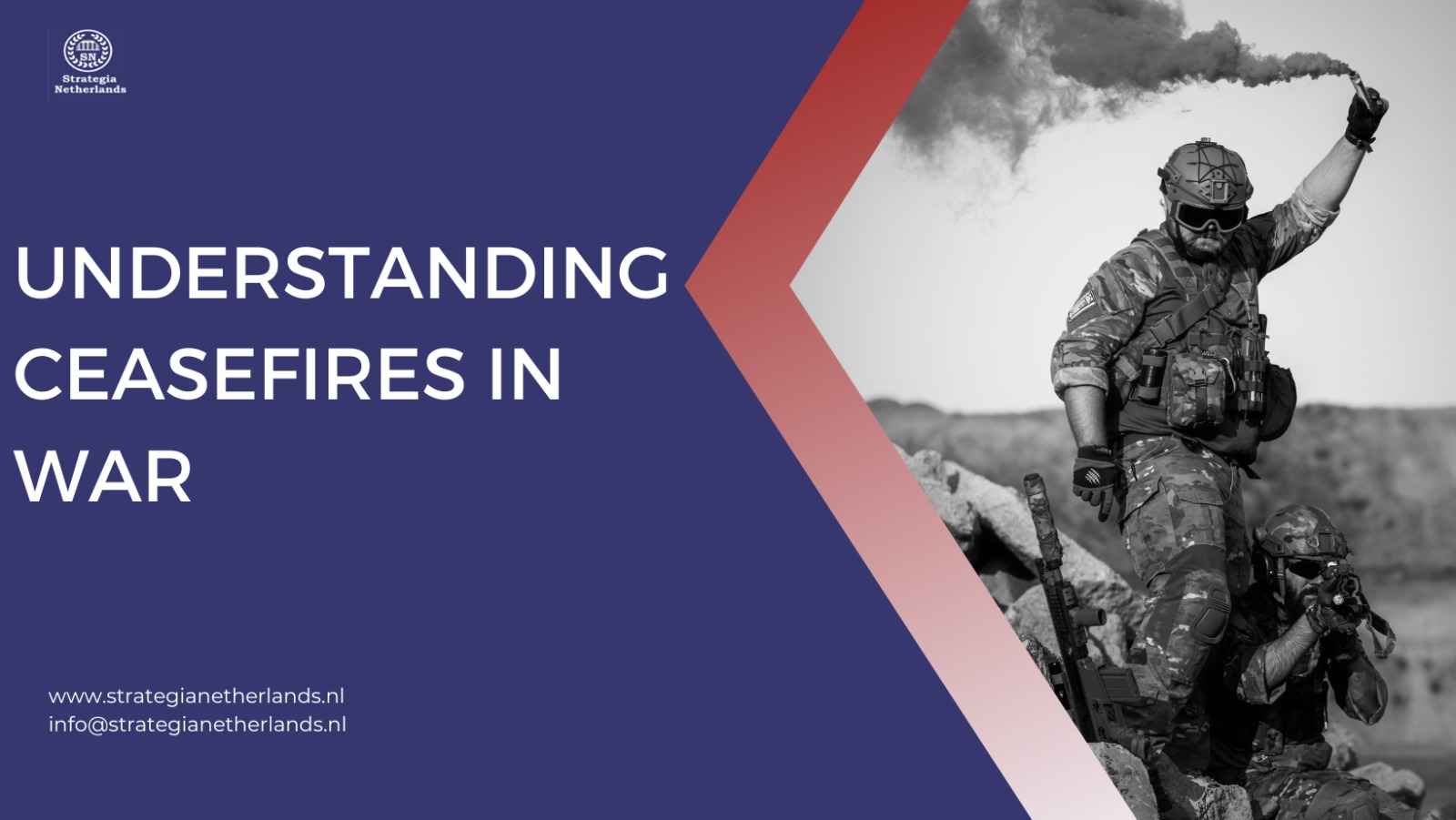- November 29, 2023
- Posted by: strategia
- Categories: blog posts, Uncategorized

In the tumultuous landscape of conflict, ceasefires stand as pivotal moments offering a glimmer of hope amid chaos. These temporary truces, agreements, or pauses in fighting play a critical role in humanitarian interventions, allowing for negotiations, aid delivery, and the alleviation of immediate suffering. They present a necessary pause in the relentless cycle of violence, providing a platform for discussions and crucial humanitarian efforts.
The Humanitarian Significance of Ceasefires Recent events in the Israel-Hamas conflict underscore the humanitarian significance of ceasefires. The four-day truce brokered by Qatar became a beacon of hope as hostages from both sides were released, illustrating the potential impact of these agreements on the ground. Such moments offer a vital window for aid deliveries and the liberation of captives, signaling a temporary respite for affected populations.
The Role of Ceasefires in Facilitating Aid and Assistance
Ceasefires serve as catalysts for humanitarian efforts, enabling aid organizations to reach conflict zones to provide critical supplies, medical assistance, and shelter to vulnerable communities. Beyond material aid, they open avenues for negotiations, diplomatic dialogues, and the safe passage of humanitarian workers, thereby aiding in the stabilization and recovery of affected regions.
Examining the Impact Beyond Immediate Relief
While ceasefire agreements offer immediate relief, their impact transcends the temporary pause in hostilities. They pave the way for broader peace negotiations, fostering a conducive environment for dialogue and reconciliation. Moreover, they highlight the urgency for sustainable peace-building measures and underline the necessity of addressing the root causes of conflict.
The Importance of Ceasefires in Global Conflict Resolution
Ceasefires are not merely brief respites; they are integral components of conflict resolution strategies worldwide. Whether brokered by international bodies, regional mediators, or the conflicting parties themselves, these agreements lay the groundwork for lasting peace, aiming to mitigate the humanitarian crises that unfold in war-torn regions.
Conclusion
Understanding ceasefires in war entails recognizing their humanitarian significance and the multifaceted role they play in shaping the trajectory of conflicts worldwide. The recent Israel-Hamas ceasefire serves as a vivid example, showcasing how these agreements can temporarily alleviate suffering, facilitate aid delivery, and create opportunities for broader peace initiatives.
